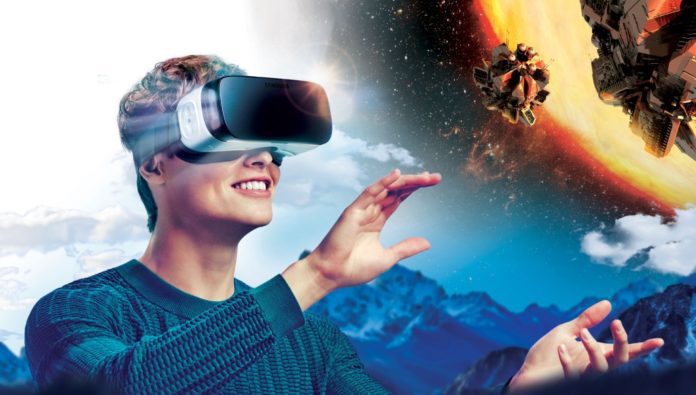If virtual reality is to become a legitimate means of exercising in 2017, the industry will have to overcome some hurdles. At the moment, VR is viewed as a breakthrough technology geared toward youngsters who play video games. Add in the lack of VR fitness spaces and the fact that most people can’t imagine themselves donning a headset while exercising and and it is easy to understand why some think the technology won’t be ready for fitness in the next 12 months.
The Battle of Perception
If you were to poll people walking down a city street regarding their thoughts on virtual reality, the responses would likely be quite similar. Most people perceive this technology as a means of enjoying an immersive video game. It is not perceived as a revolutionary invention that can improve lives in numerous ways. This is precisely why it will prove difficult to gain mainstream acceptance for virtual reality fitness in 2017.
https://www.youtube.com/watch?v=yC07vVNwTXk
If the battle of perception is won, people will open their minds to the true possibilities of VR in the context of health and fitness. This will require marketing VR in a manner that displays more than its video game environments. People need to see VR fitness software in action. Ideally, VR demos will be made available to the public in stores, gyms and fitness centers so people can test out virtual exercise activities on their own.
The Alleged Headset Burden
Most people who exercise go to great lengths to reduce the weight of their attire. They wear tank tops, sports bras, barely-there shorts and little else. The prospect of strapping a virtual reality headset to one’s noggin is a bit intimidating.

Thankfully, VR companies are working around the clock to lessen the weight of their headsets. There is also a growing push to reduce the moisture collected along the headset so users aren’t as burdened by slippery and funky-smelling units. It is likely that VR headsets will decrease in size in the coming months and years. If they become extremely light in weight, more comfortable and do not collect sweat, fitness enthusiasts will readily hop on board.
The Challenge of Access
Few people are willing to shell out hundreds of dollars for a piece of technology that might enhance their workouts and consequently, their physique. After all, VR headsets look a bit obtrusive and unwieldy from the perspective of a workout warrior who takes his exercise sessions “to the max”. This is precisely why the makers of virtual reality technology must partner with gyms, YMCAs, schools and other fitness-related venues for increased exposure. Those who are interested in VR for entertainment or to enhance physical fitness should not be required to pony up hundreds of dollars to try the technology. They should be able to access virtual reality headsets with pre-loaded fitness software in the venues listed above.

When given the chance to experience VR fitness for themselves, prospective customers will be much more inclined to shell out their hard-earned money for this amazing technology. Consider a situation in which a gym member sees a virtual reality headset and accompanying controller at his fitness center. He has heard of the technology but never seriously considered plunking down the money required for purchase. Furthermore, he has not considered how this technology could be used to improve physical fitness. He give the gym’s VR equipment a chance, partakes in a vigorous virtual workout and proceeds to share his positive experience with friends, co-workers, family and others. Such an individual might even decide to buy his own VR unit for use at home. All he needed was a chance to experience the technology first-hand to understand its merit in the context of health and fitness.



Comments are closed.